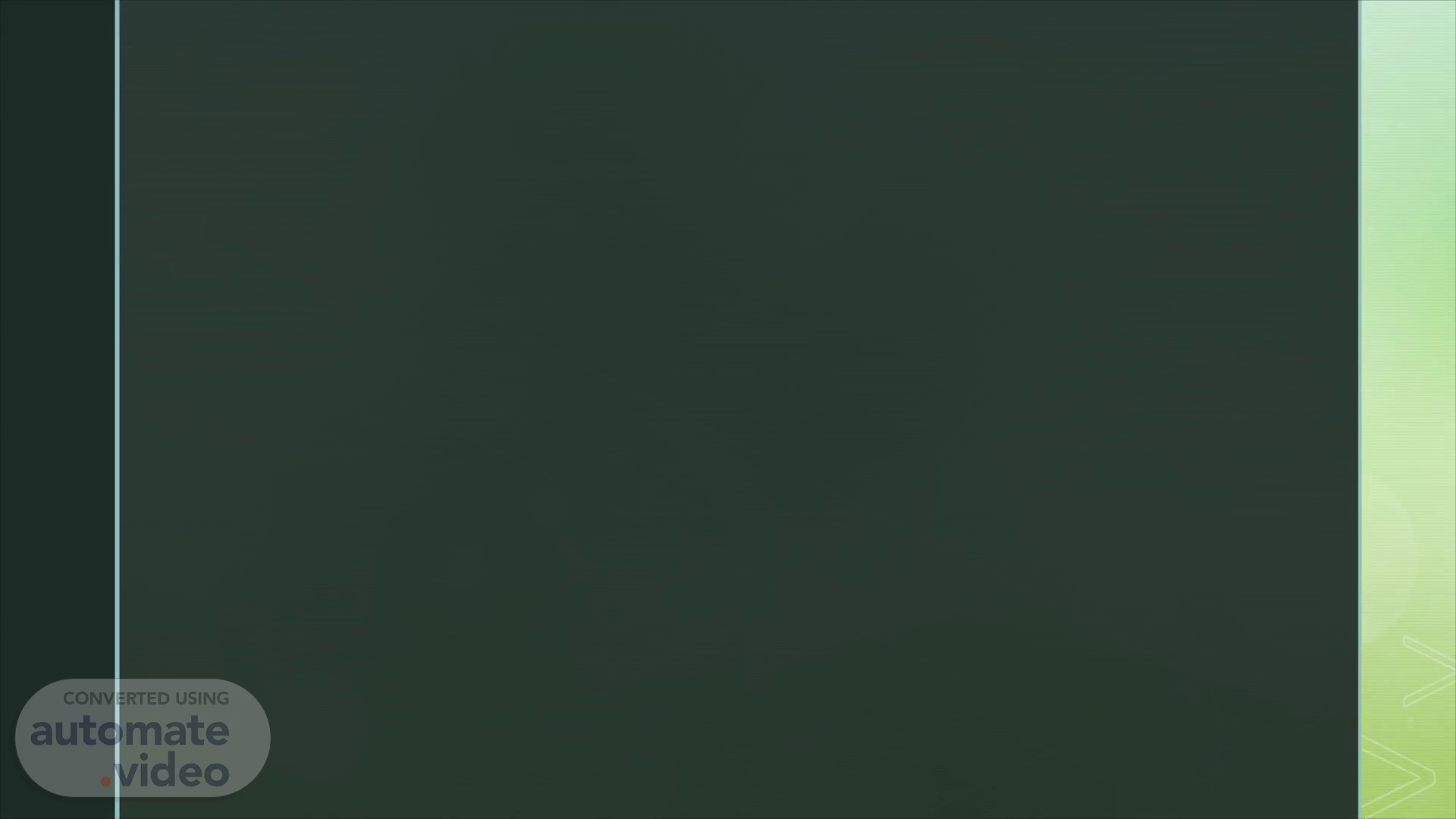
PowerPoint Presentation
Scene 1 (0s)
S.E.S. BABA NEBHRAJ S.R S.E.C SCHOOL. RAIN WATER HARVESTING PROJECT.
Scene 2 (2m 49s)
Dhruv Aman Arora Sameer V aid Taniya Anju Bhumika.
Scene 3 (2m 57s)
Rain Water Harvesting.
Scene 4 (3m 3s)
1. Collection System 2. Inlet Filter 3. First Flush Diverter 4. Storage Tank 5. Overflow 6. Controls 7. Treatment System 8. Pump 9. Backflow Prevention 10. Flow Meter 11. Power Supply 12. Water Level Indicator 12 IJI@ o oo 10.
Scene 6 (3m 29s)
RAIN WATER HARVESTING TECHNIIQUES : There are two main techniques of rain water harvestings . Storage of rain water on surface for future use. Recharge to ground water. The storage of rain water on surface is a traditional techniques and structures used were underground techniques tanks, ponds, checks, dams, weirs etc..
Scene 7 (3m 46s)
Recharge to ground water is a new concept of rain water harvesting and the structures generally used are:-.
Scene 8 (4m 2s)
Reasons of Shortage of Water • Population increase • Industrialization Urbanization (a) Increase in per capita utilization (b) Less peculation area • Decrease in surface area of Lakes. • Deforestation.
Scene 9 (4m 12s)
What is the solution ? • Rain water is the ultimate source of fresh water • Potential of rain to meet water demand is tremendous • Rain water harvesting helps to overcome water scarcity • To conserve ground water the aquifers must be recharged with rain water • Rain water harvesting is the ultimate answer.
Scene 10 (4m 26s)
Rain Water Harvesting • Rain Water Harvesting RWH- process of collecting, conveying & storing water from rainfall in an area — for beneficial use. • Storage — in tanks, reservoirs, underground storage- groundwater • Hydrological Cycle Water vapour into the atmosphere Water vapour atmosphere Precipnauon on •u ce Precipitation recip ation onto land ocean 458,000 9, 000km3 surface 110,000km3 Evaporation tram land Evaporation 5,200 km3 Glacier 9,000km3 River runoff 42,600 km3 Underground runnoff 2200nm3 v O"tr'exvebses Area of closed regions runoff 30.000km3 Area of exorheic runoff 119.000km3 . Evaporation from ocean 502,800 km3 Ocean area 361,000km3.
Scene 11 (4m 49s)
Rain Water Harvesting • RWH - yield copious amounts of water. For an average rainfall of 1 ,OOOmm, approximately four million liters of rainwater can be collected in a year in an acre of land (4,047 m2), post-evaporation. •As RWH - neither energy-intensive nor labour - intensive •It can be a cost-effective alternative to other water- accruing methods. • With the water table falling rapidly, & concrete surfaces and landfill dumps taking the place of water bodies, RWH is the most reliable solution for augmenting groundwater level to attain self-sufficiency.
Scene 12 (5m 12s)
Rain Water Harvesting— Advantages 1 .Provides self-sufficiency to water supply 2.Reduces the cost for pumping of ground water 3.Provides high quality water, soft and low in minerals 4.1mproves the quality of ground water through dilution when recharged 5.Reduces soil erosion & flooding in urban areas 6.The rooftop rain water harvesting is less expensive & easy to construct, operate and maintain 7. In desert, RWH only relief 8. In saline or coastal areas & Islands, rain water provides good quality water.
Scene 13 (5m 35s)
Appropriate Technology Water conservation and groundwater recharge techniques Water harvesting cum supplementary irrigation techniques.
Scene 14 (5m 42s)
Rain water harvesting system- • The typical roof top rain water harvesting system comprises of — or components - Roof catchment Gutters.
Scene 15 (6m 0s)
Gutters Gutters are channels fixed to the edges of roof all around to collect & transport the rainwater from the roof. Gutters can be made in semi-circular and rectangular shape with cement pipe, plain galvanized iron sheet, PVC pipes, bamboos etc. Use of locally available material reduce the overall cost of the system..
Scene 16 (6m 16s)
RAIN WATER OVER FLOW.
Scene 17 (6m 22s)
Overhead tank Use Raw water shallow bore well Pure water for use Plants and trees Fillter Under Ground Sump 4— Rain water for plants and vehicle washing 2 feet deep GL- Ground Leve Excess water outflow to storm water drain RReused oil barrels with their bottom water pump Clean groung wag *inwaterinters cut open ground aquifers B : Archi.monarch.com.
Scene 18 (6m 36s)
THE END..